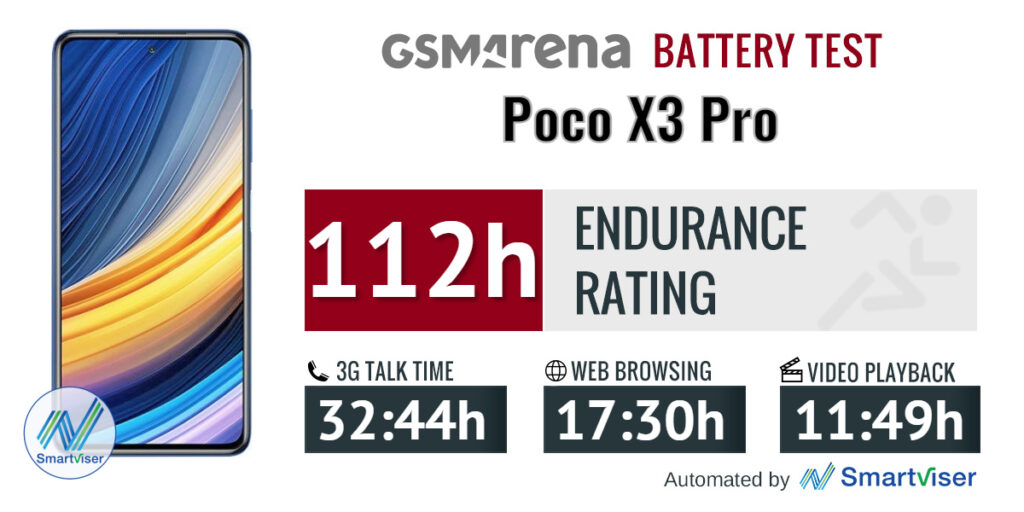Going Beyond Building an Online Presence
Your website can be a powerful tool if you know how to use it well. This means knowing what to include on the pages of a startup website.
Whether you hire a designer or you decide to design it on your own, make sure you do everything you can to get a website that converts. If you're looking for design inspiration, you can always find resources to know what it takes to create a unique and engaging business website.
How To Create Website Pages That Convert
This article will look at some of the best practices you can implement to create pages for a start-up website.
1. Start with Asking the Right Questions
If your start-up or company is in the process of building its website and you’re looking for a refresher, it may help to look for inspiration. While doing this, take time to ask yourself to reflect on these questions.
Which elements of a website are most effective? Do you have anything to add? What are the most important features to include in a start-up website? What are some of the most critical tidbits to add to a start-up's landing page for founders? What domain name to use? Should you choose WordPress or Wix?
These questions will guide you to write down your plans, look at your existing options, and help you start with delegating goals and tasks.
2. Plan Your Homepage with Care
You do not want your homepage to be cluttered, so you need to identify the key elements you wanted to present. Simplicity is the essential element required for a startup website page, so starting with your company's essential features, such as the logo, title, logo design, and mixing it up with great content, could never go wrong.
It's also a good practice to ensure your website has a clear and clean navigation system so that visitors can enter other parts of your homepage. While a dynamic or responsive website is a continuing trend with the rise of mobile and mobile-friendly websites, most start-up websites do not have sidebars. Designers believe that they cut off the flow of design and distract visitors from the area they are supposed to surf.
If you’re still confused, you might start getting the right balance between the user interface's design and friendliness. If you don't know how this can be done, go back to your goals and hire an experienced web designer's services.
3. Provide a Sign up for a Free Trial
If you built your website to sell your services, avoid committing one of many online marketers' most common mistakes- forgetting to include a call-to-action or sign-up button!
CTA buttons are a helpful guide for new users of your website interface. It also makes purchases viable as it increases the likelihood that your customers will grab your offer right away. It directs them what to do next, which moves you a step closer to reaching a sale.
You can also add stores, blog posts, and third-party apps to your landing pages, but be careful because they might be too much. When these features are maintained, they could help increase the size of the site over time.
4. Include a Testimonial Page
If you have at least a few satisfied customers of your brand who have used your product or service, be sure to include a dedicated area in your start-up web design to build trust. This is one of the most important things to consider when planning your website.
You can also start with a landing page, but this should work hand in hand with your social side to achieve your business goals. Your startup company should be a leading social network and connect customers to your social media pages. Align the content of your social media pages with your business marketing strategy so that your start-up website represents the company.
Your Reputation in the Digital World
Your start-up website should convince everyone, search engines, consumers, and competitors⇀that you are here to stay and you're worth their trust. No matter how much you behave as a newcomer.








